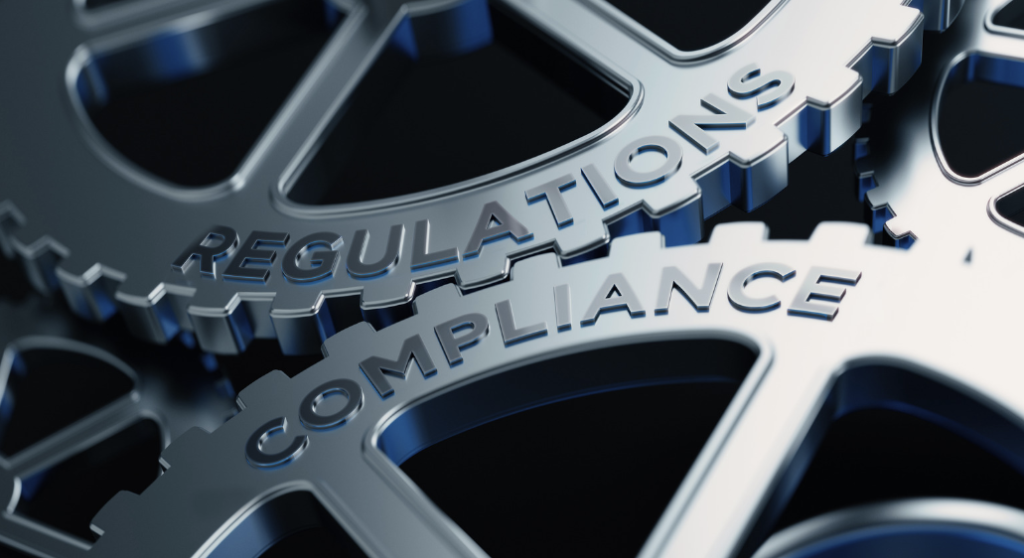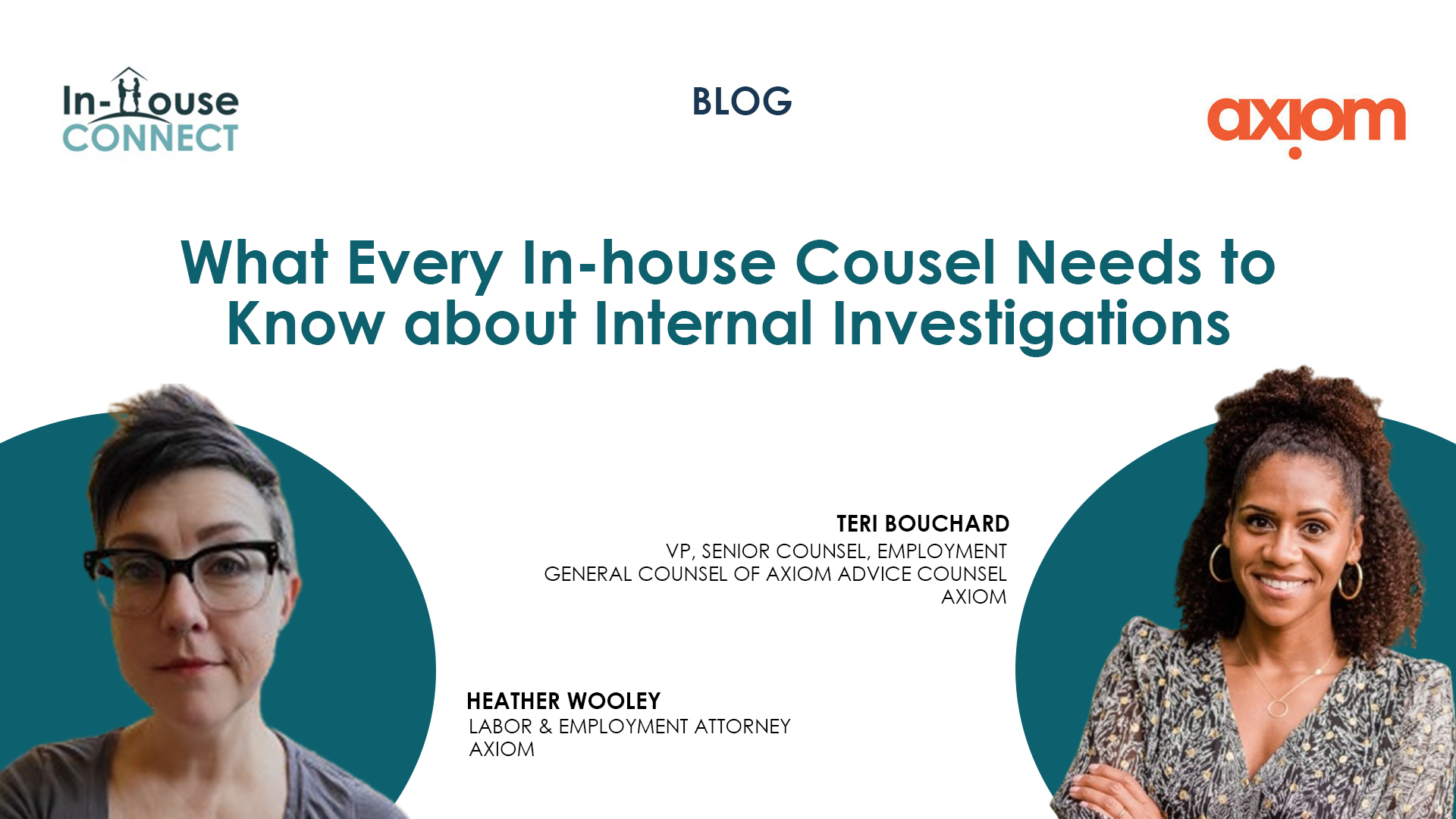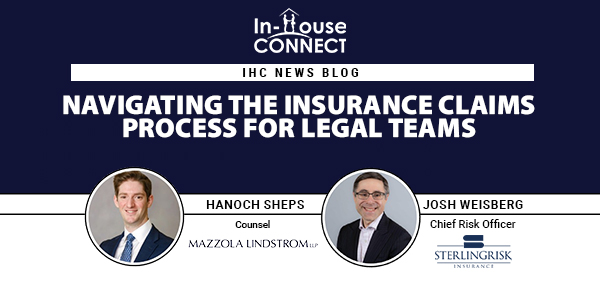In a recent In-House Connect webinar titled “The Data Privacy Landscape Today and Tomorrow: What In-House Counsel Need to Know,” Porzio, Bromberg & Newman thought leaders Fred Brunetti and Phoebe Klewley discussed regulatory compliance in a global context.
The Influence of GDPR and Its Global Impact
In today’s interconnected world, regulatory compliance has become a critical focus for organizations operating globally. The introduction of the General Data Protection Regulation (GDPR) in 2018 transformed the data privacy landscape, setting a global standard. Since then, privacy laws around the world have rapidly evolved, requiring businesses to adapt to a complex, multi-jurisdictional regulatory compliance environment. Understanding and adhering to these diverse regulatory compliance requirements is essential for safeguarding data, maintaining operational integrity, and avoiding severe penalties.
The GDPR was a milestone in data protection, establishing a rigorous framework that has inspired legislation across the globe. Countries and states outside the European Union have modeled their own privacy laws after GDPR, aiming to strengthen regulatory compliance and protect individuals’ personal information. The California Consumer Privacy Act (CCPA) is a prime example, incorporating key elements of GDPR, including the rights of consumers to access, delete, and opt out of the sale of their data. The United Kingdom’s Data Protection Act also reflects GDPR principles, emphasizing transparency and accountability, making regulatory compliance a shared goal among various regions.
Navigating the Complexities of Global Operations
For organizations operating globally, regulatory compliance extends far beyond a single jurisdiction. A key challenge lies in managing the patchwork of international regulations that vary widely in scope and requirements.
Companies need to assess several critical factors:
- Operational Scope
Identifying the countries or regions where the organization operates and determining the relevant regulatory compliance requirements.
- Workforce Location
Ensuring regulatory compliance with laws governing employees and contractors across multiple jurisdictions.
- Data Subjects’ Location
Considering where the individuals whose data is processed are located, not just where the company operates.
- Extraterritorial Reach
Some regulations, like GDPR, have extraterritorial provisions, applying even to companies that don’t have a physical presence in the region but process data of its residents, making global regulatory compliance a priority.
Adapting to these complexities is essential to prevent costly fines and ensure smooth operations across borders, emphasizing the importance of comprehensive regulatory compliance.
The U.S. Regulatory Context: A State-Specific Approach
In contrast to the EU’s centralized approach, the U.S. has taken a fragmented path to regulatory compliance. Several states, including California, Virginia, and Colorado, have enacted their own comprehensive data privacy laws, each with distinct regulatory compliance requirements. These laws introduce varying thresholds for compliance, depending on factors such as revenue, the number of consumers impacted, and the use of emerging technologies like artificial intelligence (AI). This state-specific regulatory compliance framework adds an extra layer of complexity for organizations, especially those operating across multiple states.
Effective Compliance Strategies
To meet the demands of global regulatory compliance, organizations need a well-rounded approach.
Some key strategies include:
- Proactive Compliance
Implementing policies and practices that anticipate regulatory compliance changes and violations, reducing the risk of infractions.
- Leveraging Existing Frameworks
Utilizing current governance and risk management frameworks to integrate data protection and regulatory compliance requirements.
- Comprehensive Data Mapping
Analyzing the flow of personal data through the organization to ensure all data handling processes comply with regulatory compliance regulations.
- Appointing Privacy Leadership
Assigning roles such as Chief Privacy Officer (CPO) or Data Protection Officer (DPO) to oversee regulatory compliance and maintain accountability.
- Regular Risk Assessments
Conducting periodic data protection assessments to identify potential risks and address them before they become problems, ensuring ongoing regulatory compliance.
- Transparent Policies
Providing clear, easily accessible privacy policies that inform consumers about data practices, their rights, and third-party disclosures, supporting robust regulatory compliance.
Future Trends: What’s Next for Data Privacy?
As of 2023, nearly 60 new data privacy laws are being considered across the globe, signaling an era of increased legislative activity in regulatory compliance. Regulatory bodies are not only focused on privacy but also on new technologies like AI, with emerging regulations that aim to safeguard individuals in an increasingly digital world. States like Colorado have pioneered universal opt-out mechanisms, while the EU continues to explore AI regulations. The future of global regulatory compliance will likely see even more stringent requirements, underscoring the need for businesses to remain vigilant and adaptable.
Navigating regulatory compliance in a global context is a complex but crucial task for businesses operating in today’s digital economy. From the broad influence of GDPR to state-specific U.S. laws, companies must stay informed, adopt proactive strategies, and embed regulatory compliance into their operations.
Missed This Webinar? You can watch it now via IHC On-Demand!







